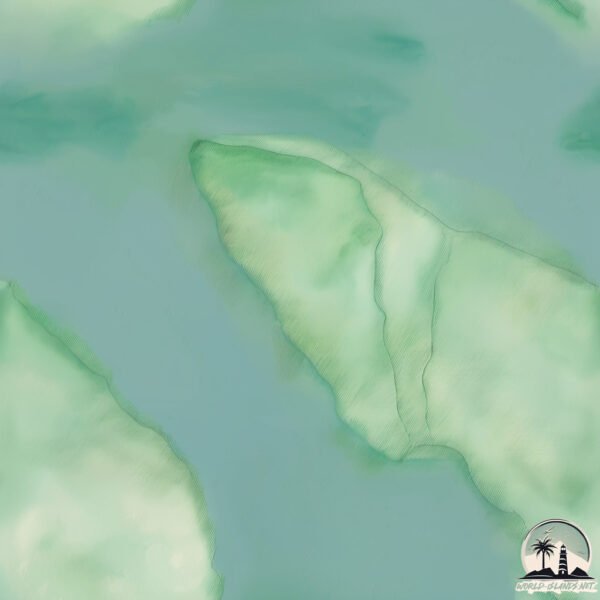Welcome to Chissanga , a Tropical island in the Mozambique Channel, part of the majestic Indian Ocean. This guide offers a comprehensive overview of what makes Chissanga unique – from its geography and climate to its population, infrastructure, and beyond. Dive into the details:
Geography and size of Chissanga
Size: 1.883 km²Coastline: 6.5 kmOcean: Indian OceanSea: Mozambique ChannelContinent: Africa
Chissanga is a Small Island spanning 1.9 km² with a coastline of 6.5 km.
Archipel: –
Tectonic Plate: Somalia – A large tectonic plate covering the Horn of Africa and parts of the Indian Ocean, known for the East African Rift where it’s splitting away from the African Plate.
The geographic heart of the island is pinpointed at these coordinates:
Climate and weather of Chissanga
Climate Zone: TropicalClimate Details: Tropical Savanna, WetTemperature: Hot
Climate Characteristics: Defined by distinct wet and dry seasons with high temperatures year-round. Pronounced rainfall occurs during the wet season, while the dry season is marked by drought.
Topography and nature of Chissanga
Timezone: UTC+02:00Timezone places: Africa/JohannesburgMax. Elevation: 6 m Mean Elevation: 3 mVegetation: Evergreen Broadleaf ForestTree Coverage: 15%
The mean elevation is 3 m. The highest elevation on the island reaches approximately 6 meters above sea level. The island is characterized by Plains: Flat, low-lying lands characterized by a maximum elevation of up to 200 meters. On islands, plains are typically coastal lowlands or central flat areas.
Dominating Vegetation: Evergreen Broadleaf Forest
Vegetation: 6 vegetation zones – Very Highly Diverse Island
Infrastructure and Travelling to Chissanga
Does the island have a public airport? no .
Does the island have a major port? no .
The mean population of Chissanga is 29 per km². Chissanga is Gently Populated. The island belongs to Mozambique .
Continuing your journey, Chiloane is the next notable island, situated merely km away.
Discovering Samfya And Chilubi Island Part 1 Today with Zamtel
Exploring Samfya District, The grey blue waters of Lake Bangweulu disappearing into the horizon, blending in completely with the ...
Discovering Samfya And Chilubi Island Part 1 Today with Zamtel
Exploring Samfya District, The grey blue waters of Lake Bangweulu ...
Exploring Samfya District, The grey blue waters of Lake Bangweulu disappearing into the horizon, blending in completely with the ...
Bits and pieces of #Cagliari #Sardinia
POV: You both need downtime.He books another enchanting trip to ...
POV: You both need downtime.He books another enchanting trip to another Italian Island, with a sweet pitstop in #Zurich, ...
Discovering Samfya and Chilubi Island Part 2 Today with Zamtel
Description.
Description.
Mozambique is classified as Least developed region: Countries that exhibit the lowest indicators of socioeconomic development, with the lowest Human Development Index ratings. The level of income is Low income.
News – Latest Updates and Headlines from Chissanga
Stay informed with the most recent news and important headlines from Chissanga. Here’s a roundup of the latest developments.
Loading...
Please note: The data used here has been primarily extracted from satellite readings. Deviations from exact values may occur, particularly regarding the height of elevations and population density. Land area and coastline measurements refer to average values at mean high tide.

